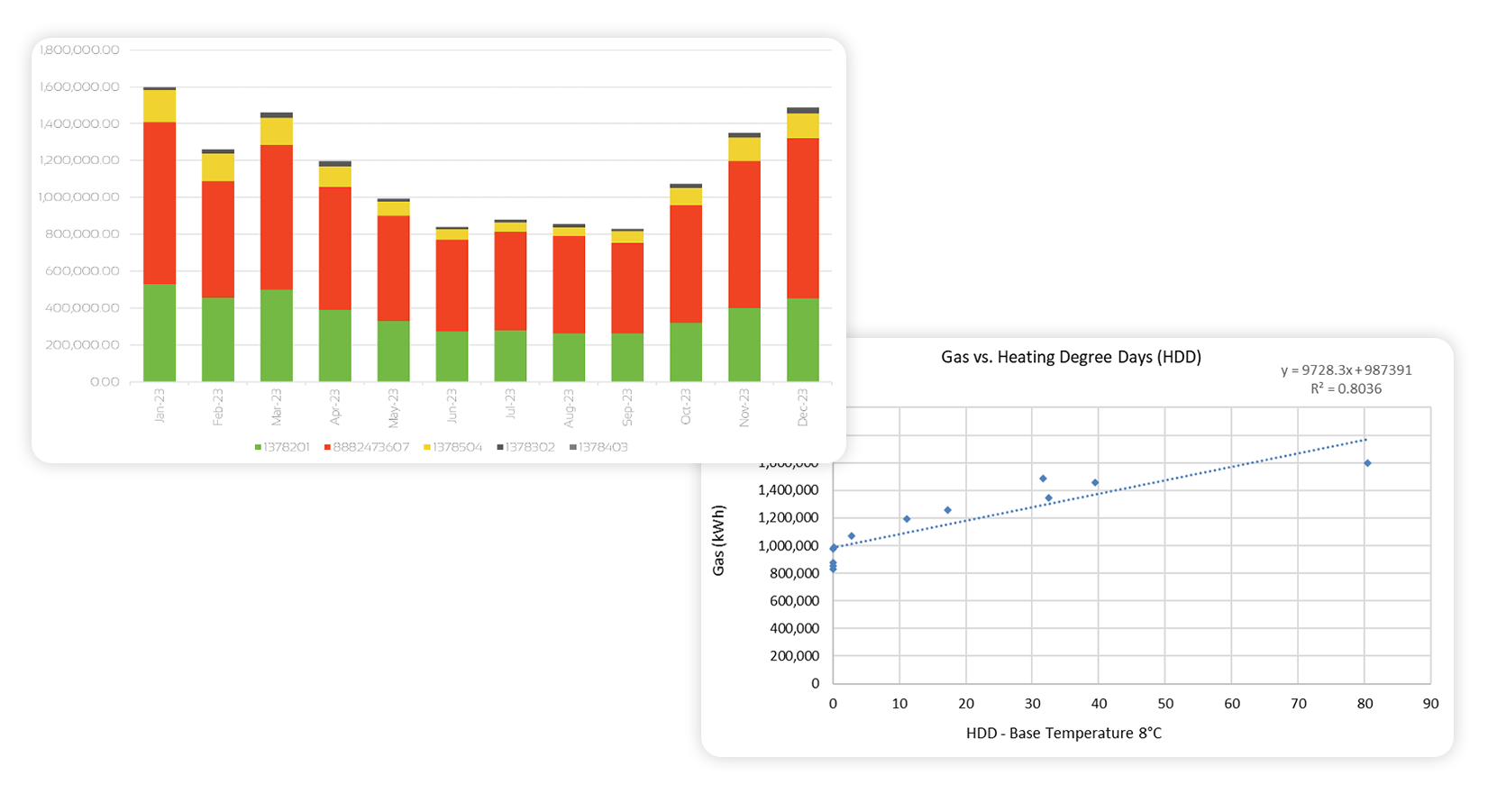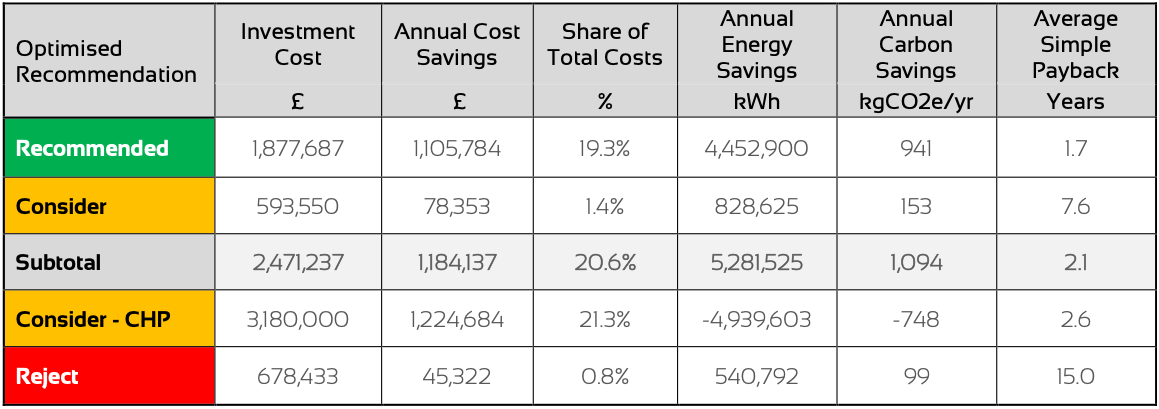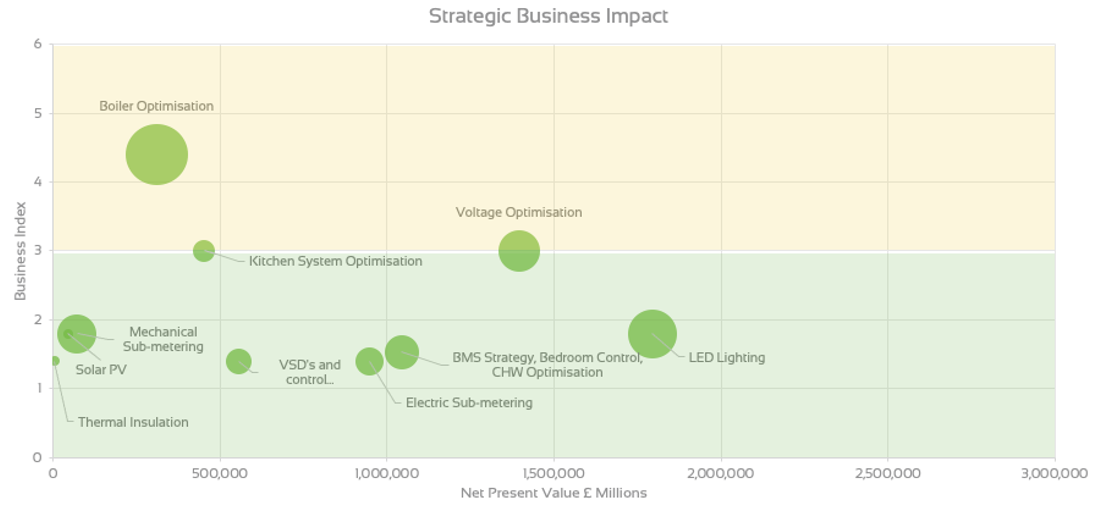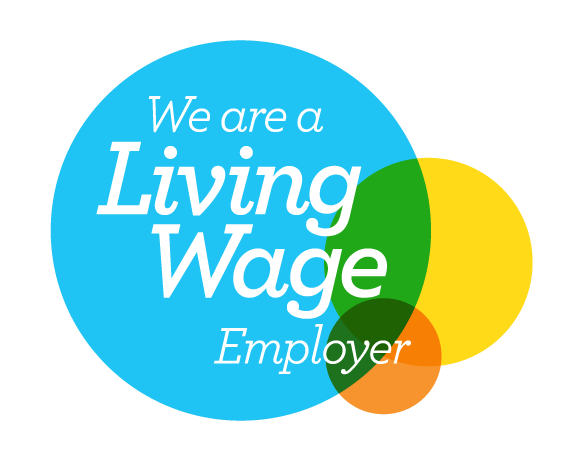How Retailers can unlock energy saving potential
Five steps to maximise the value of energy auditing and analysis for retailers
Over the past decade, rising utility costs have put substantial pressure on the operational budgets of building operators. With energy prices steadily increasing and market volatility driven by regional conflicts, various sectors—including retail—are feeling the impact. These escalating costs are driving up operational expenses, diverting funds that could otherwise be allocated to essential business investments.

A powerful way to tackle these challenges is through comprehensive energy audits conducted across a company’s sites. These audits include both a physical inspection of the buildings or portfolios and a detailed analysis of energy consumption based on historical utility data. This process uncovers potential areas for energy and cost savings, highlights common issues across sites, and identifies opportunities for improvement.
In addition, many organisations are increasingly committing to reducing their greenhouse gas emissions, driven by pressure from investors, stakeholders, and consumers, as the UK works towards its net-zero targets. By reducing operational energy consumption, businesses can ease their transition, lowering the amount of energy they need to offset through onsite or offsite renewable generation, while also unveiling further opportunities for decarbonisation and energy transition.
In this article, we’ll explore how retailers can maximise the value of energy audits and analysis through five key steps, informed by our experience with leading UK retail clients.
1. Robust and complete data collection
Data is essential for assessing your current situation and identifying actionable steps for improvement. The process starts with collecting half-hourly energy data from the past year, either directly from internal systems or via your energy supplier. This data is then used to create a detailed annual energy profile for all sites, accounting for both occupied and out-of-hours usage.
Where applicable, we will compare the energy data against relevant metrics and KPIs to provide deeper insights.

2. Conduct an on-site survey across all sites
During the on-site survey, work closely with your team to assess building usage and operational processes. Identify existing equipment, including lighting, motors, heating systems, building fabric, and automatic control systems. Collaborating with on-site staff will offer valuable insights into past or upcoming energy projects, usage trends, and any existing challenges.
3. Comprehensive reporting
Once the on-site and off-site data has been collected, the next step is to compile it into a comprehensive report that outlines the current situation and provides recommendations for energy savings.
The report should include a detailed analysis of potential projects designed to reduce energy costs, along with a narrative that explains each project’s benefits. It should also feature a marginal abatement curve to quantify the anticipated reductions in costs, kilowatt-hours, and CO2 emissions.
Summarise the findings in a prioritised table of recommended projects, along with suggested next steps.

Individual projects can be presented in a customised format, as shown below, highlighting the project’s impact in relation to its dependency and the risk of implementation.

4. Stakeholder Presentation and Feedback
Once the draft report is ready, schedule a meeting with key stakeholders to review the findings, answer any questions, and finalise the report before its official release. This collaborative process ensures that all relevant perspectives are taken into account and that the final report provides a thorough understanding of energy usage at the site level.
5. Onward Energy Transition Planning
An energy audit is a crucial first step in identifying opportunities for energy, cost, and carbon savings at your site or company. However, the analysis, report, and recommendations must be put into action. Once the report is complete, the focus should shift to identifying projects that can be implemented. By tailoring energy strategies to align with business objectives, you can create a practical and achievable roadmap that drives energy, cost, and carbon efficiencies, as well as practical decarbonisation solutions.
By following these five steps, retailers can navigate their energy transition, maximising the value of energy audits and analysis, leading to more effective building energy management and a stronger contribution to sustainability goals.

Article by Simon Turner
Principal Consultant, Energy Transition Team
A highly experienced building services Consultant and Technical Manager, with a HNC in Building Services and NVQ Level 7 in Senior Construction Management. Simon’s experience spans 27 years, working across design, installation & technical management of building services & centralised energy solutions, including the integration of renewable technologies.
BOOK YOUR 30-MINUTE ENERGY MANAGEMENT CONSULTATION
Fill in your details below to arrange a complimentary consultation with one of our experts. They will give you bespoke advice to help your business achieve all its energy needs, reducing cost, consumption and carbon.










